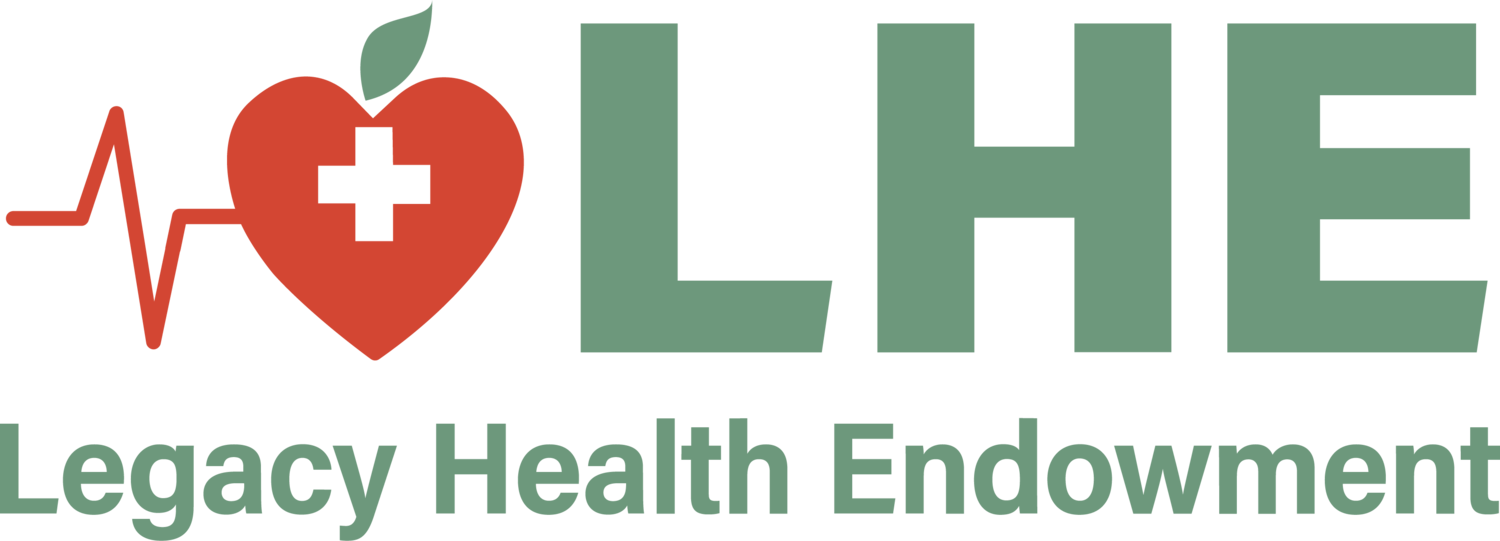CREATING A NEW MENTAL HEALTH PARADIGM FOR PUBLIC SCHOOLS
To share this document - use the link below:
In the spring of 2020 as COVID-19 ravaged California’s rural communities, their public schools were required to respond. Schools had to make profound changes in their operations to meet the demands of the pandemic, often weekly and sometimes daily. The impact of these demands took a toll on the school's human infrastructure. School administrator s, counselors, teachers, and staff were being asked to perform superhuman tasks. Yet, each of these professionals was taken for granted. It was assumed that they could pivot at a moment's notice, and they did in many cases. But the impact on their lives, personal and professional, was profound.
As president of Legacy Health Endowment (LHE) and the EMC Health Foundation (EMCHF) , two healthcare foundations in California's rural Central Valley, I had the opportunity to talk with educational leaders throughout the region about the efforts they were undertaking. I shared with both Foundations’ boards my concern about the long-term impact of the demands placed on educational leaders during the COVID crisis. Thinking in terms of human capital – the intangible economic value of employees such as education, skills, and health – I wondered what the cost of the pandemic would be for school districts. Would the demands imposed by the pandemic overburden staff to the point their performance suffered?
Would the changes in the teaching approach take away the elements of teaching that are key motivators for staff? Would they decide to leave the teaching profession for less demanding jobs?
Because the EMC Health Foundation had previously launched a student mental health program in Denair Unified School District, I was engaged in ongoing discussions with the district’s superintendent, Dr. Terry Metzger. Our conversations began to focus on the urgency to address the burden that the pandemic was imposing on the district’s leadership.
Something was needed to address this burden to preserve the human capital of superintendents and other leadership. In rural areas small districts typically have lean administrative staffing and are hard pressed to meet unexpected demands. In addition, it was clear that rural superintendents and other administrators could benefit from access to professionals who could provide guidance and support in crisis management and, more importantly, stress management.
While this focus on educational leadership was a good first step, it eventually led us to see that a strategy focused on the human capital of the entire school system – staff and students – could have a substantial impact on the ability of these schools to succeed when the students did eventually return to the classroom. This document describes the collective initiatives and the key learning from our work.


